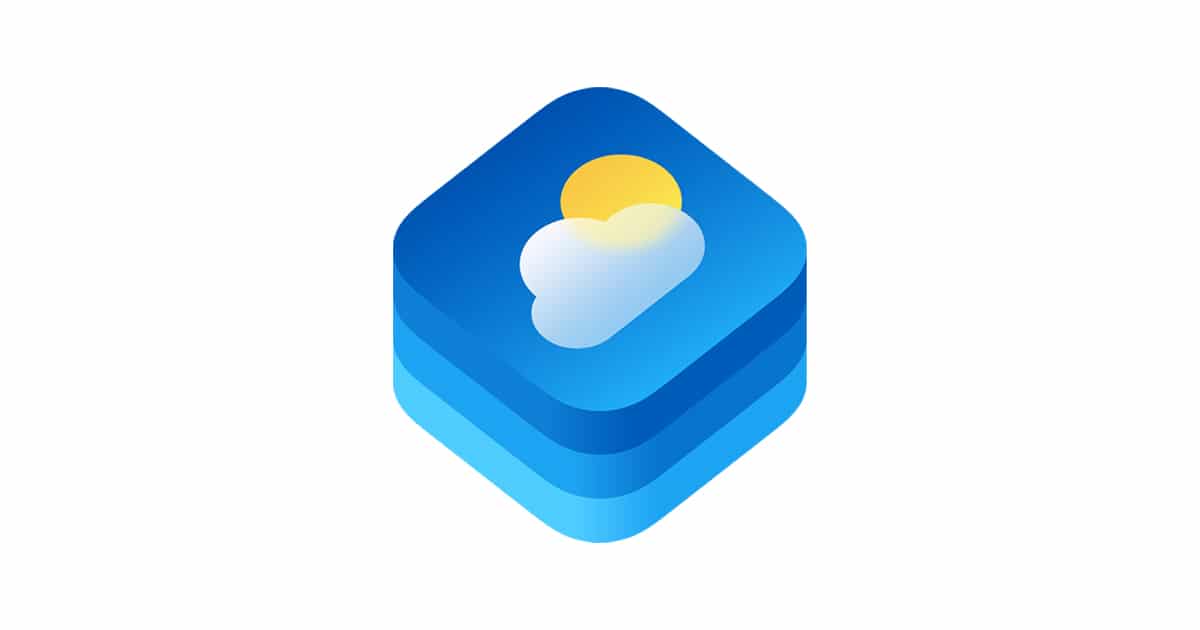Apple now lets developers subscribe to WeatherKit to get more API requests which will enable them to add more weather-related to data their apps.
WeatherKit, together with the all-new Apple Weather service, provides apps and services with a wide range of valuable weather data that can help people stay up to date, safe, and prepared.
Previously, Apple added support for Xcode Cloud Subscriptions for developers to more effectively manage their workflows and “accelerate the development and delivery of high-quality apps.”

Requirements and pricing of Apple’s new WeatherKit subscription for developers
Integrated with the new Apple Weather service, the WeatherKit subscription will provide a variety of weather data for third-party apps and services and the process of switching from the Dark Sky weather service.
The tech giant acquired Dark Sky in 2020. And after discontinuing the app on Android, Apple began integrating its features into iOS. Now, the company has introduced the new WeatherKit API in iOS 16 and other latest software updates.
To subscribe to the WeatherKit API, developers need Apple Developer Program membership which offers tools, resources, and the support needed to develop and distribute apps. It requires the new iOS 16, iPadOS 16, macOS 13, watchOS 9 and tvOS 16 updates.
The pricing of WeatherKit subscription plans is as follows:
- 500,000 calls/month: Included with membership
- 1 million calls/month: US$49.99
- 2 million calls/month: US$99.99
- 5 million calls/month: US$249.99
- 10 million calls/month: US$499.99
- 20 million calls/month: US$999.99
Furthermore, account holders will have the freedom to upgrade or downgrade a subscription at any time. As per the WeatherKit support page, upgrade and downgrade will be subject to the following guidelines:
- Upgrades a subscription, a new billing period is started and you can start using the new plan immediately. Your quota resets to 0 and the number of API calls is replaced based on the new subscription.
- By downgrading a subscription, you can continue to use your current plan during the current billing period.